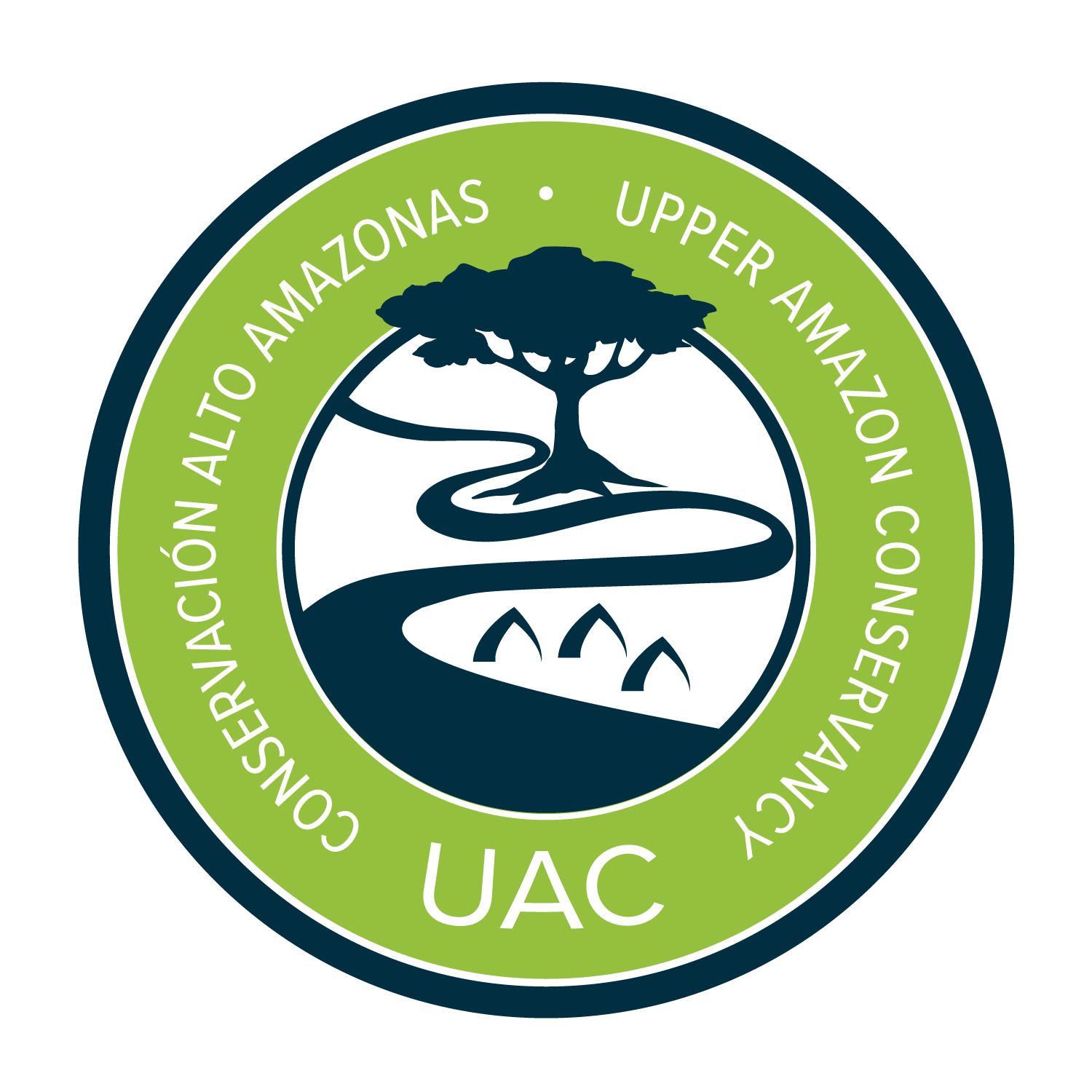Community Conservation: Protecting Aquatic Turtles
"We make this effort to protect the turtles, so that our children will also have them and benefit," says Enoc Ruiz Santos, chief of the Ashéninka community of Dulce Gloria in Peru’s Yurua region.
Enoc and his community are working with UAC to protect taricaya (Podocnemis unifilis) and charapa (Podocnemis expansa) turtles from unsustainable collection which have caused a dramatic drop in population numbers. The work was started over ten years ago by Peru’s Protected Areas Agency, SERNANP, in an effort to engage local communities in protecting these threatened species which are a critical source of protein for the Ashéninka as well as isolated tribes that live in the Yurua headwaters.
UAC is assisting Dulce Gloria by providing gasoline and supplies during the dry season when community members travel upstream to collect eggs to be relocated to semi-natural beaches in the community. The community has constructed two beaches in the community, ensuring the eggs are protected until the turtles hatch. At that point they are returned upstream to where they were collected.
While the overall aim is to increase populations of both turtle species over time, objectives include protecting key nesting beaches from unsustainable egg collection and patrolling the river to ensure other communities are respecting the rules and not collecting eggs on protected beaches.
This project aligns with our goals of helping to strengthen Dulce Gloria’s stewardships and conservation capacities, which are of critical importance as loggers continue to clear a new road to connect the Yurua with the rest of Peru .
UAC is implementing different projects intended to prepare local people for when or if the road is finished and loggers, coca farmers, and others intent on benefiting from the region’s intact forests and resources. These include management plans for communal lakes to generate food and income from abundant fish species, and facilitating participatory workshops to develop Life Plans, which help communities plan for their future needs.
The turtle reproduction project is funded in part by a grant from the US Fish and Wildlife Service, Latin America Program.



